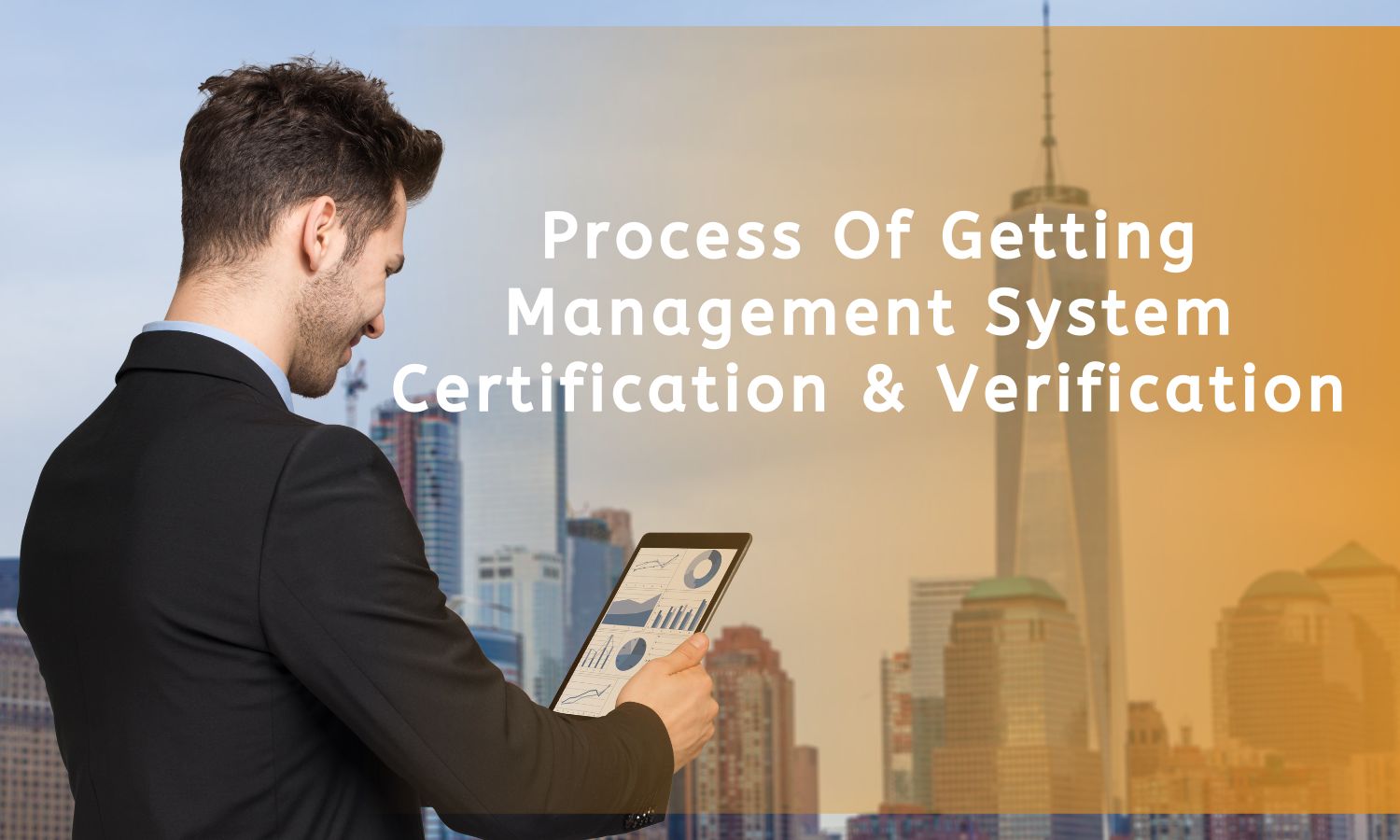
Certified management systems boost a company's efficiency, reputation, and competitiveness. They give stakeholders confidence that the company respects foreign standards and manages properly. ISO Certification requires several crucial stages. These steps include understanding the standards and performing the final audit and surveillance.
Understanding the Certification Standards
Learn your company's management system standards before being certified. The type and industry of the business may affect these rules. ISO 9001, 14001, 45001, and 22000 are quality, environmental, workplace health, and food safety management system licenses.
Each standard governs processes, records, and practices. Organizations must fully understand these standards to know how to follow them.
Gap Analysis and Initial Preparation
Most companies conduct a gap analysis before applying for ISO Certification to compare their procedures to standards. This method helps the organization identify rule violations and areas for improvement. Any employee or management system expert can help with a gap analysis, or the organization can do it.
The company must then make the necessary improvements to meet the standard. This could involve modifying procedures, creating new regulations, updating old ones, or training employees to understand the changes.
Design and Implementation of the Management System
The next step is to develop and put in place the management system after the necessary gaps have been found. This includes:
• Documenting Policies and Procedures: Policies, procedures, and guidelines must all be included in a complete set of papers that must be made and followed. This writing is used as a guide for all operating procedures and makes sure that everything is the same.
• Defining Roles and Responsibilities: To ensure the management system works properly, all workers must be given clear roles and responsibilities.
• Training and Awareness Programs: Employees need to be taught the new rules and procedures and each employee's unique duties within the management system. Regular training sessions ensure that workers are on the same page with the company's certification goals.
Internal Audits and Review
Before seeking certification, the newly deployed management system should be internally audited for efficacy. Internal audits assess the entire system for compliance., including checking documentation for consistency, correctness, and improvement.
A trained auditor usually leads an internal audit. They can find problems and possible risk areas. Before approval, concerns must be resolved.
Choosing a Certification Body
Once the company knows the management system works well, it can go to a recognized certification body. Certification bodies are separate, outside groups that can check and approve management systems based on established criteria. The group must pick a certification body recognized by a reputable national or foreign accreditation body.
The designated certification body will verify the group's compliance. Selecting a certification organization provides certification validity and recognition.
Certification Audit
The certification body will do an ISO Certification Verification once the company is ready. Usually, the audit is done in two steps:
• Stage 1 Audit (Documentation Review): The certification body evaluates the organization's policies, processes, and other records during this first audit to ensure the management system fulfills criteria. The Stage 2 audit readiness of the organization is also checked.
• Stage 2 Audit (Implementation Review): This audit examines management system use. Auditors assess the company's documented procedures and employee compliance. To ensure compliance, the certification body monitors processes, talks to workers, and reviews records.
The certification body will give the management system certification to the business if it passes the ISO Certification Verification.
Certification and Ongoing Surveillance
After getting certified, the organization receives legal certification that shows it meets the standards for management systems. However, you cannot obtain certification just once; you have to keep meeting the standards.
Every so often (usually once a year), surveillance checks are done to make sure that the management system is still meeting the standards. These checks make sure that the group sticks to its methods and changes them as needed.
Continual Improvement and Re-certification
Businesses must improve to keep their certification. They must regularly assess and adjust their management systems to meet new business issues. In surveillance audits and re-certification, auditors will see if the company is improving its processes and fixing problems.
Re-certification usually happens every three years. To maintain ISO Certification, the group must undertake a more rigorous audit. This method ensures the company satisfies standards and client expectations.
































